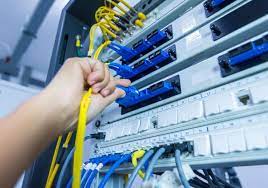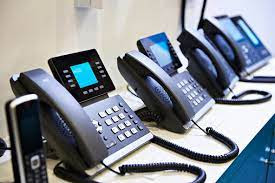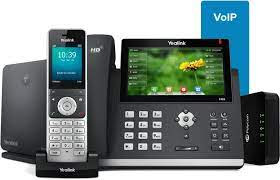Data Cabling And Its Importance
While going through checklist for data cable installation you might have glanced over terms like Cat5, Cat6, Cat6a, and Cat8. Sadly, none of these are cats. But you will need to know these terms as your data cabling installation services providers will ask if your choice includes Cat6 or Cat7 data cables. We understand this doesn’t make sense, that’s why we have taken it upon ourselves to assist you with this task. But before that, let’s understand what exactly is data cabling.
Data cabling is the basic cable network that company networks operate on. It is literally the core of business networking infrastructure, along with networking equipment and user that are connected by these networks. Long back, there were different cabling benchmarks, different cables were used for voice circuits, telephones, audio/video applications, surveillance cameras, and so on. Therefore, “data” cabling was just considered suitable for digital data mostly with respect to logistics and accounting departments.
In present day installations, it is a totally different case. High-definition content, digital CCTV cameras, and VoIP have completely substituted their analog counterparts are now all conected with data cables. That’s what makes data cabling so crucial, ask any NBN service provider and they will confirm.
Basically, cabling standards are a little different from a user’s point of view. They differ in terms of speed, distance, and installation requirements. In other words, the standard you select decides the distance to which the cable may carry the data over, the speed of carrying data, as well as the installation constraints related to them. There are several different kinds of cabling standards like Cat6, Cat5, Cat6a, and so forth. Installation constraints are slightly more sublte. For example, for installation in extreme environments like industrial floors the cabling standards need thick shielding.




Comments
Post a Comment